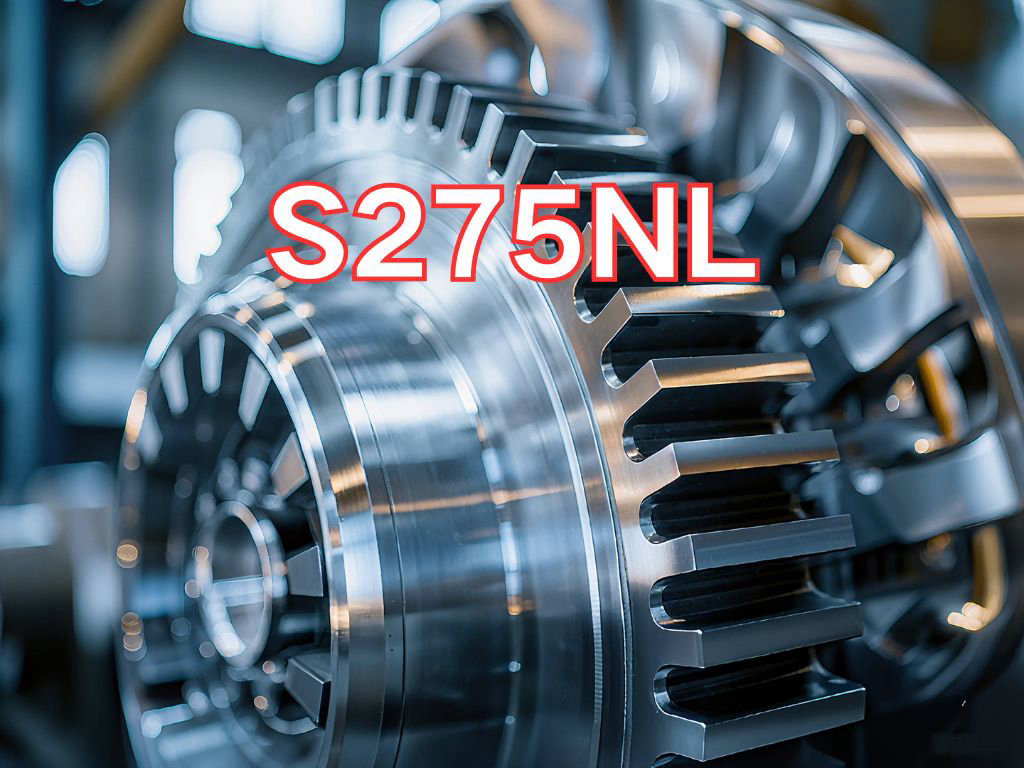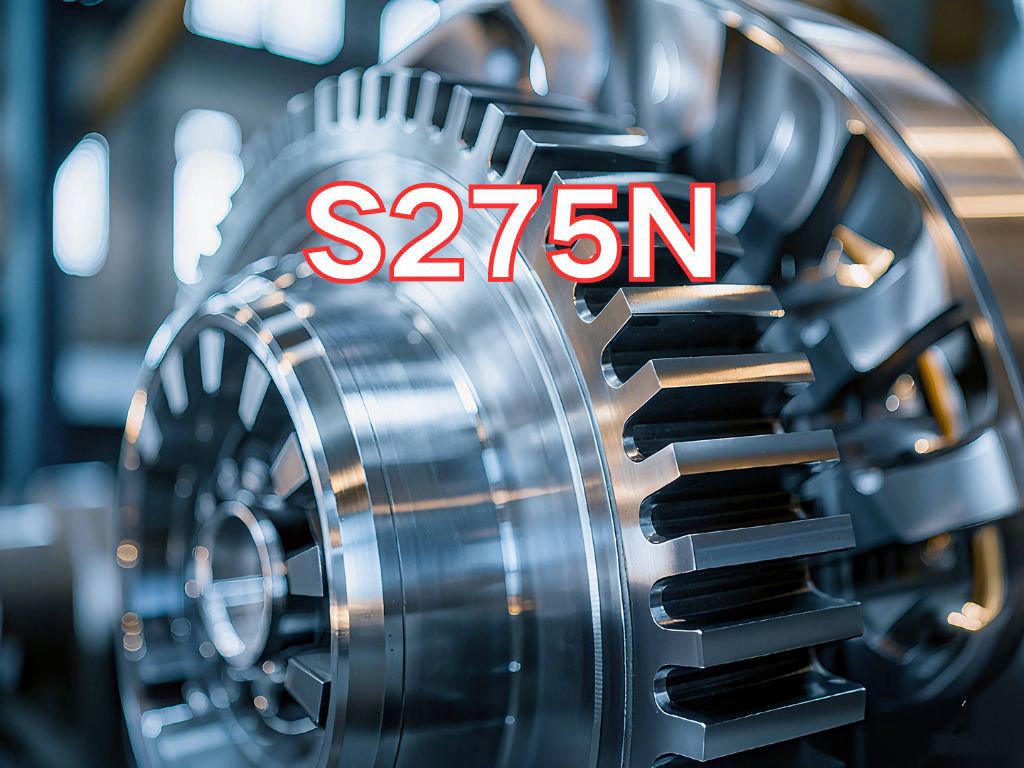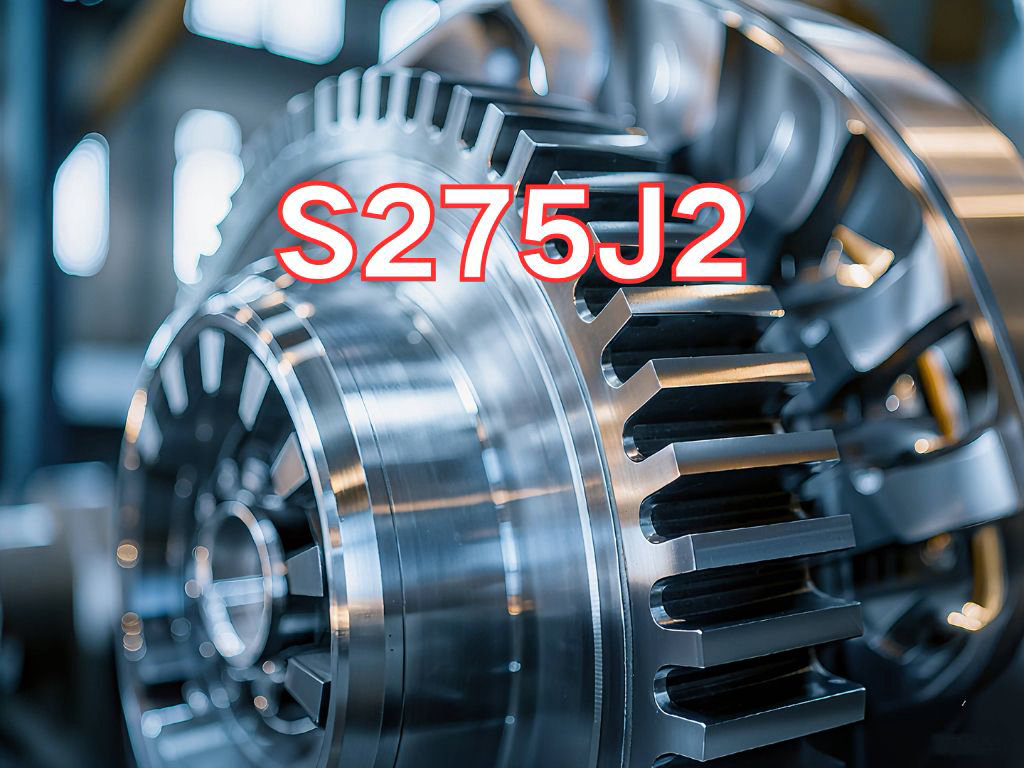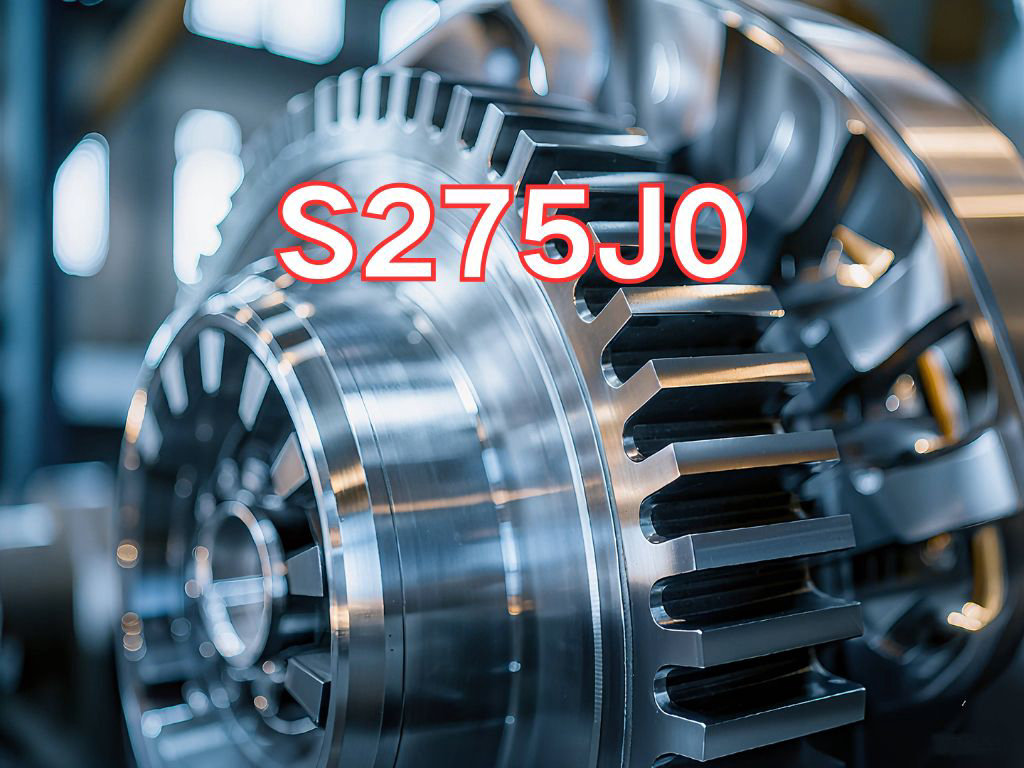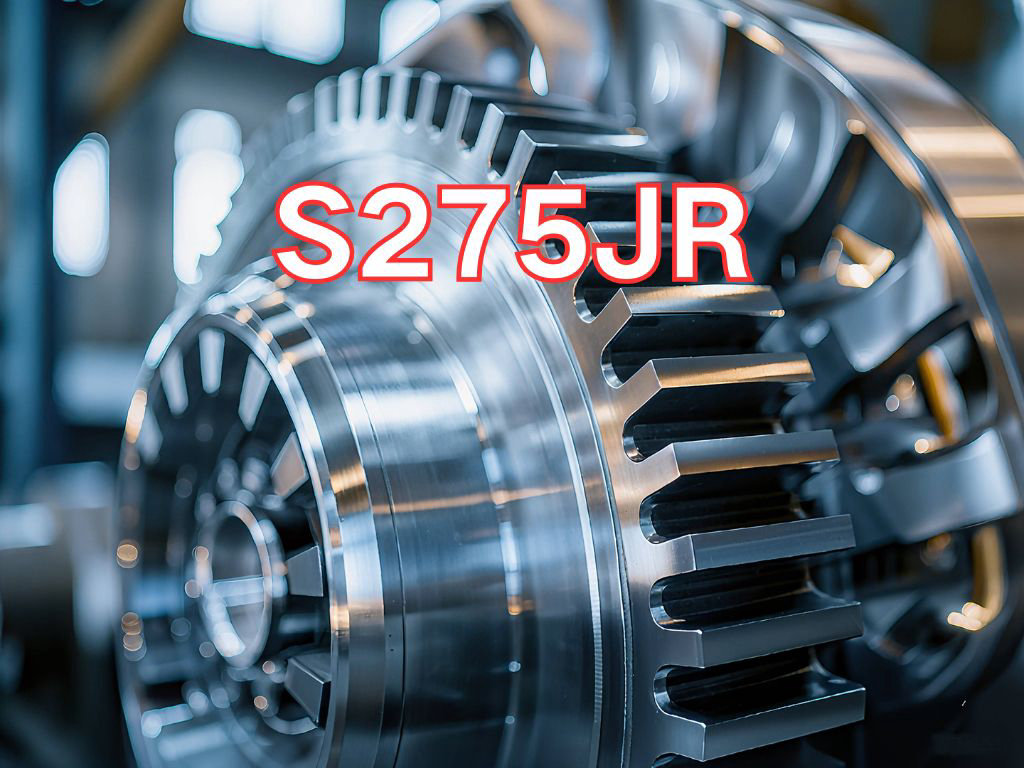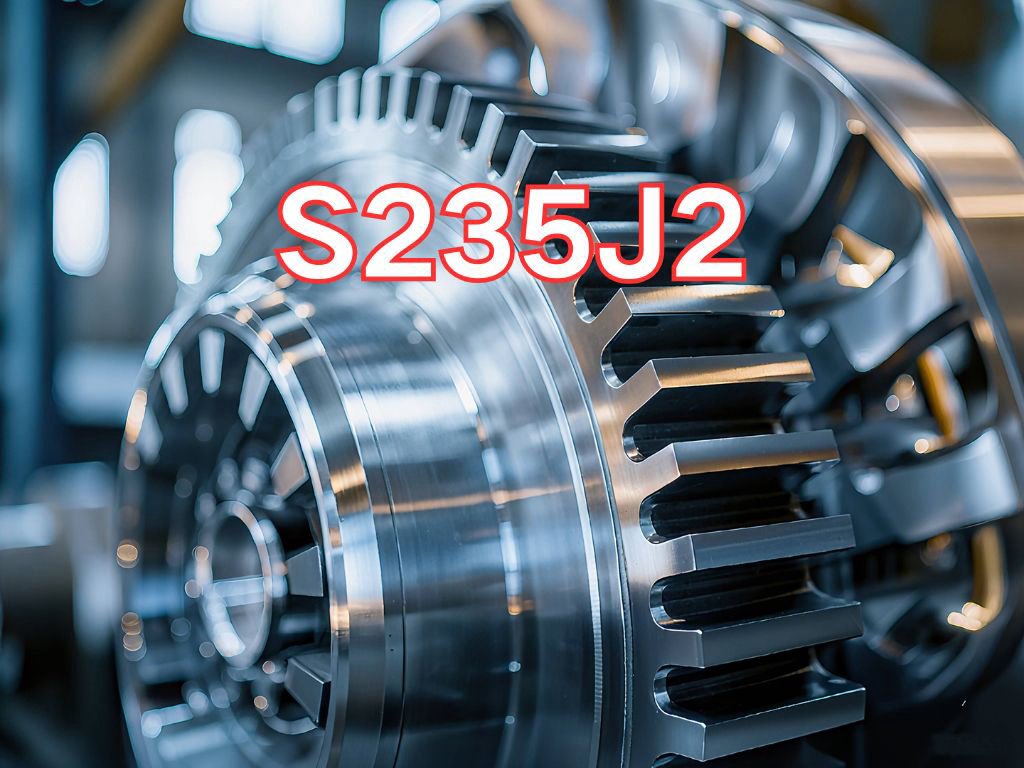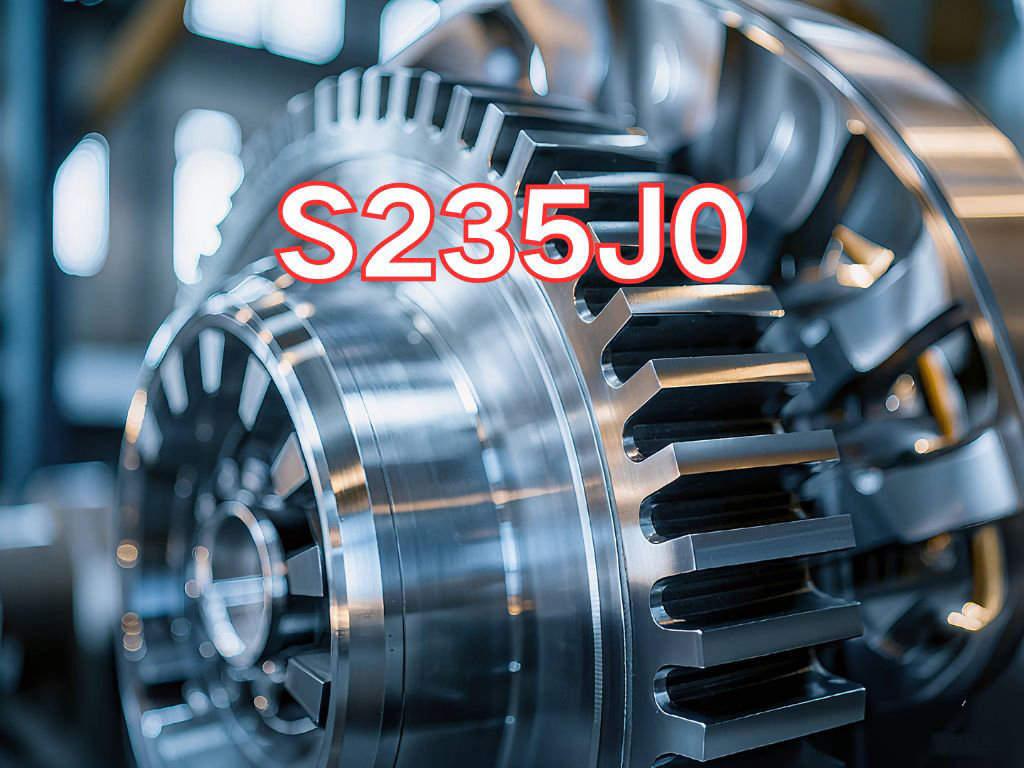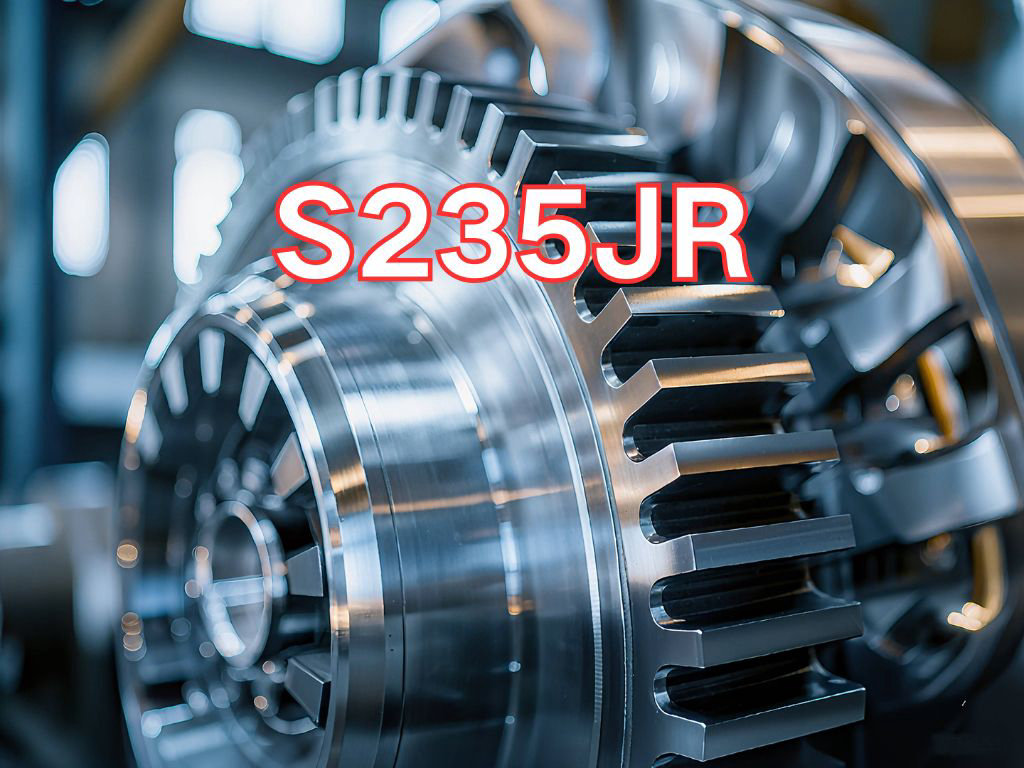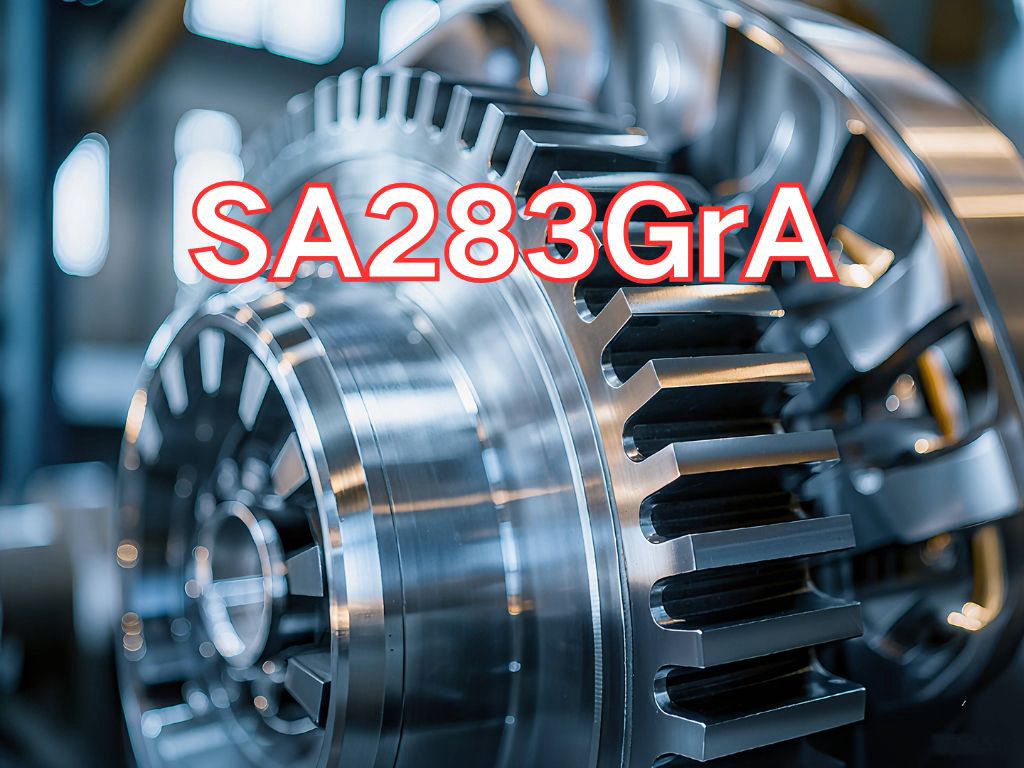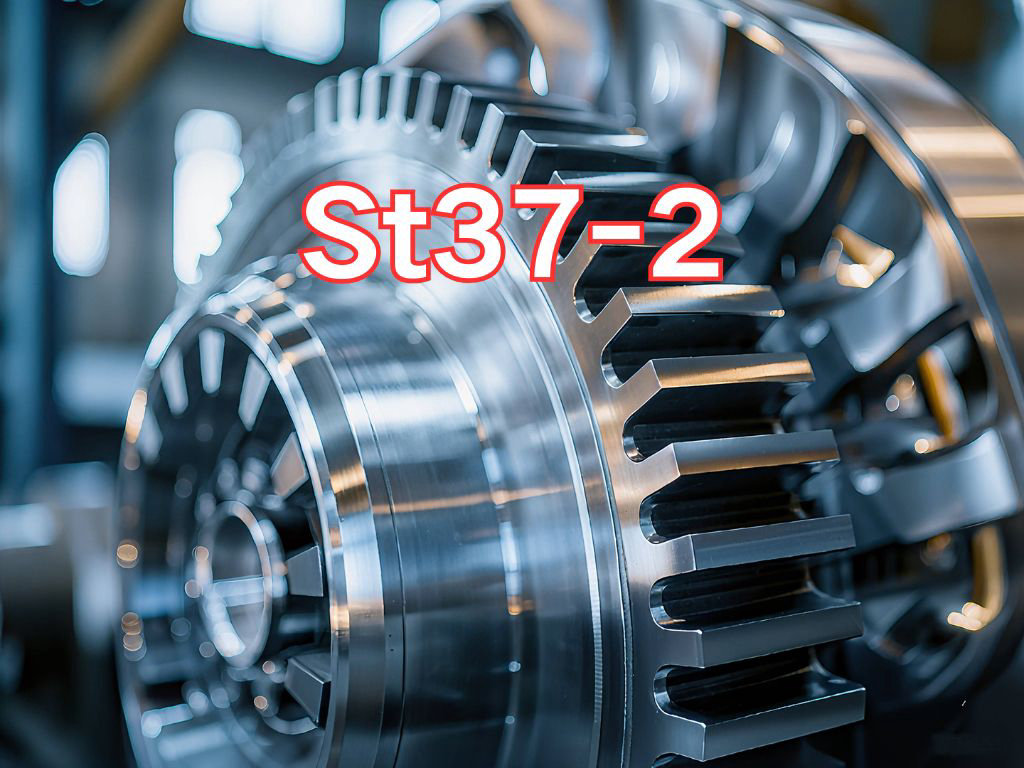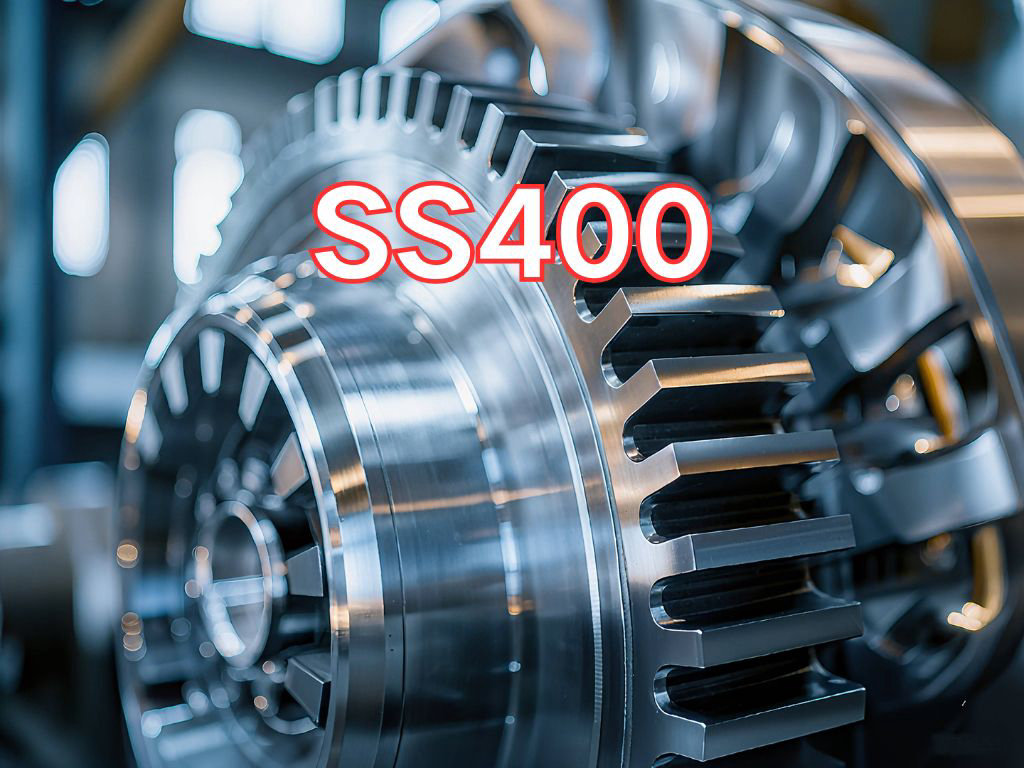

SS400
SS400 is a general structural rolled steel, with its designation conforming to the Japanese Industrial Standard JIS G 3101:2015 "Rolled Steels for General Structure". This standard is widely adopted in Japan and across Asia, and SS400, as the most fundamental and extensively used grade within it, is employed in large quantities across construction, machinery, transportation, and other industries due to its good overall performance and cost-effectiveness.
The designation "SS400" has a clear meaning:
"SS" stands for "Steel for General Structure," indicating its use in general-purpose welded structures without special requirements.
"400" indicates the specified minimum tensile strength of 400 MPa. Unlike international standards that classify grades by yield strength (such as China's Q series or Europe's S series), JIS G 3101 primarily categorizes grades based on tensile strength. It should be noted that SS400 does not specify a minimum yield strength; however, according to standard requirements and practical production experience, the actual yield strength is typically above 245 MPa, comparable to China's Q235 or Q245 grades.
The primary application of SS400 steel plate is in the fabrication of general welded structural components and mechanical parts with moderate mechanical property requirements. Due to its low cost, wide availability, and ease of processing, it is the preferred material for many routine engineering projects. Typical applications include:
Construction and Civil Engineering: Used for fabricating non-critical load-bearing components such as factory frames, simple bridges, scaffolding, fences, and support structures.
Mechanical Manufacturing: Used for producing machine bases, enclosures, brackets, and frames for conveying equipment—mechanical parts requiring moderate strength.
Transportation: Used in manufacturing ordinary truck bodies, agricultural machinery, and non-critical components of small vessels.
General Facilities: Used for shelves, tool cabinets, storage equipment, and agricultural tools.
Its main characteristics include:
Good Overall Mechanical Properties: A minimum tensile strength of 400 MPa provides sufficient load-bearing capacity for most general structural applications. Although yield strength is not mandatorily specified, actual values typically meet conventional design needs.
Excellent Weldability and Workability: As a low-carbon steel, SS400 has a low carbon equivalent, offering good weldability with minimal risk of welding cracks. It is also easy to cut, bend, and form through both cold and hot working processes.
High Cost-Effectiveness: With mature production processes and low material costs, SS400 is an economical and high-value structural material.
No Guaranteed Impact Toughness: This is its main limitation. The JIS G 3101 standard does not require impact testing for the SS400 grade, so low-temperature toughness is not guaranteed. As a result, SS400 is unsuitable for critical structures in cold regions, under dynamic or impact loads, or in high-safety-demand applications such as main girders of large bridges, pressure vessels, or core components of buildings in seismic zones.

Ultrasonic Testing (UT)
A key non-destructive testing technique that uses high-frequency sound waves to detect internal flaws in steel plates. The probe emits sound waves, which reflect when encountering defects such as cracks or inclusions. The receiver captures the echoes, enabling precise determination of defect location and size. With high sensitivity, strong penetration, and fast inspection speed, UT effectively ensures internal quality, widely used in the production of heavy plates, pressure vessel plates, and other high-end products to guarantee safety and reliability.

Magnetic Particle Testing (MT)
A common surface inspection method that magnetizes the workpiece, causing leakage magnetic fields at surface or near-surface defects like cracks or inclusions, which attract magnetic particles to form visible indications. Simple to operate and highly sensitive, MT is suitable for rapid inspection of surface and near-surface flaws in ferromagnetic materials, widely used for online or offline inspection of plate edges, ends, and welds, ensuring product quality and safety.

Penetrant Testing (PT)
A non-destructive method for detecting surface-breaking flaws. A penetrant liquid is applied to the cleaned steel surface, allowing it to seep into defects such as cracks or pores. After removing excess penetrant, a developer is applied, causing the trapped penetrant to bleed out and form visible indications. Simple and cost-effective, PT is suitable for inspecting surface defects in various non-porous materials, commonly used for welds, castings, and complex components, effectively ensuring surface quality of steel plates.


